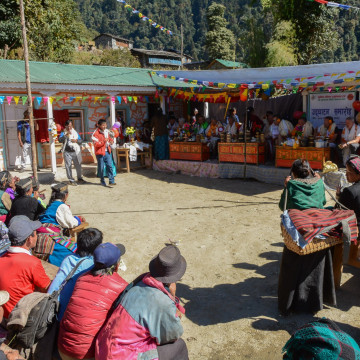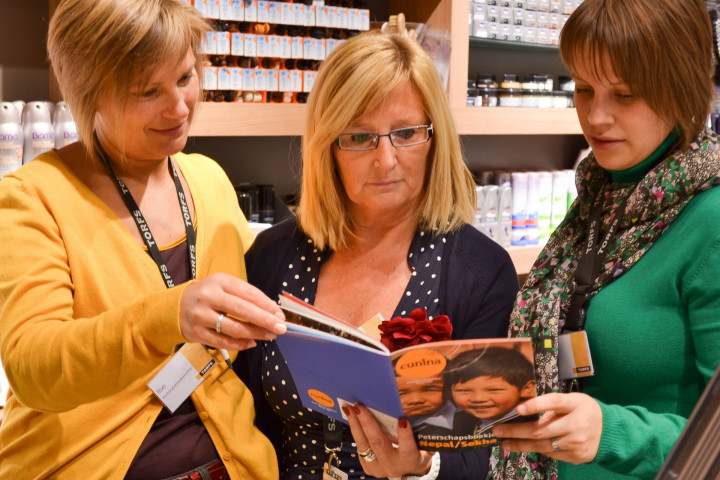The education challenge in Nepal
30% of the Nepalese population does not know how to read or write, even though primary education is free and compulsory for children aged six to eleven. Only half of the children in Nepal go to school.
The quality of public schools is bad and private schools are too expensive for many families. This is one of the reasons why children that do go to school often drop out early.
Cunina aims to provide sustainable education in the capital Kathmandu, Phaplu and in the villages of the underprivileged Sankhuwasabha-district, which are Khandbari, Sekha, Num, Hattiya and Chepuwa. This means that we start teaching children the English language in kindergarten and offer them an entire learning program so that they will be able to earn a good living at the end of their education.
We cooperate with partner schools by supporting students through Cunina child sponsorships. We also build our own schools, from kindergartens to secondary schools, for Cunina godchildren.
After secondary school, the students can continue their education in one of our skill centers, which focus on bottleneck jobs in Nepal. Bottleneck jobs are jobs for which there are hardly any qualified candidates.
For the time being, we are offering a medical assistant training at the skill center in Khandbari in Sankhuwasabha. In 2017, we also want to introduce an ecological agricultural and hospitality training. The students of these trainings will do their internship at the Green Village, which is currently being constructed.
At this moment, we are building a skill center, where students can take part in a much-needed IT-training, in Kathmandu.
This will give the young people of Nepal the chance to stand on their own feet and create their own future.






![Eerste Steenlegging Muziekschool Sekha[web]](/upload/h360-w360/Eerste-steenlegging-Muziekschool-Sekha%5BWEB%5D.jpg)
![Funderingen It Skill Center Kathmandu[web]](/upload/h360-w360/Funderingen-IT-Skill-Center-Kathmandu%5BWEB%5D.jpg)
![Nepal[web] 22](/upload/h360-w360/Nepal%5BWEB%5D-22.jpg)
![Nepal[web] 5](/upload/h360-w360/Nepal%5BWEB%5D-5.jpg)



![Sekha Cunina Boarding School[web]](/upload/h360-w360/Sekha-Cunina-Boarding-School%5BWEB%5D.jpg)
![Nepal[web] 19](/upload/h360-w360/Nepal%5BWEB%5D-19.jpg)
![Makalu Berg[web]](/upload/h360-w360/Makalu-berg%5BWEB%5D.jpg)
